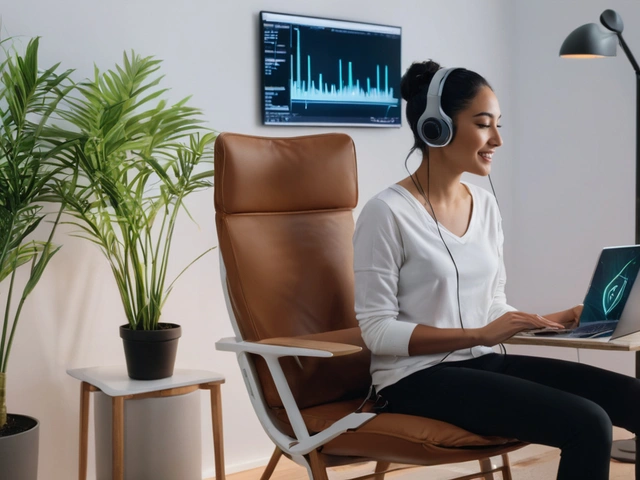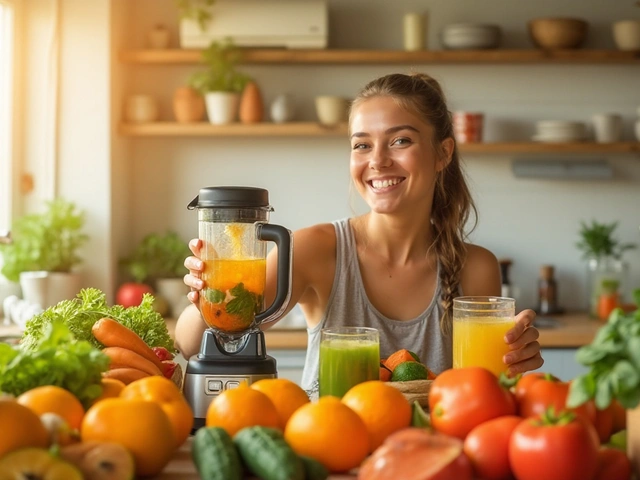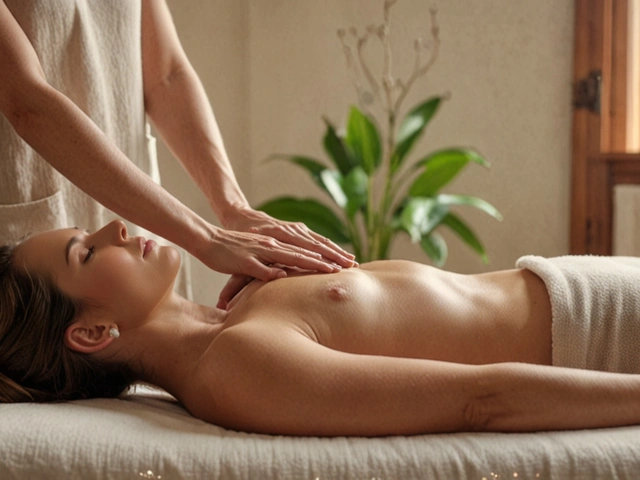Key Component of Canine Wellness: Simple Steps That Add Up
Looking for one key component that fixes everything for your dog? There isn’t one. The real win comes from a few consistent habits that work together: movement, touch, calm, and nutrition. Focus on these and you’ll spot big improvements in energy, mobility, and mood.
Hands-on care: massage and bodywork
Massage isn’t a luxury—it's a tool. Short, regular sessions ease stiff muscles, spot hot spots, and help with recovery after play or exercise. Try 5–10 minutes after walks: gentle strokes along the back, light kneading at the shoulders, and slow circular motions around tight spots. If your dog is very active or showing chronic stiffness, consider professional sports or neuromuscular massage techniques. They target trigger points and speed recovery. Always watch your dog’s signals: soft panting or leaning in means good; snapping or pulling away means stop. When in doubt, ask your vet or a certified canine massage therapist.
Simple at-home tip: apply steady, gentle pressure with your fingertips for 20–30 seconds on a tight muscle, then release. Repeat once or twice. That helps reduce knots and improves mobility without special tools.
Mind, stress, and diet
Stress affects dogs like it affects people. Calm routines cut anxiety and improve behavior. Short daily routines—quiet time after busy outings, a predictable walk schedule, or a calming massage—help dogs settle. Try a 3–5 minute breathing break for yourself while you calmly stroke your dog; your calm transfers to them.
Nutrition is a practical key component. Quality protein, healthy fats (like omega-3s), and fresh water support joints, skin, and brain function. Small swaps—adding a teaspoon of fish oil for large dogs or topping meals with plain cooked pumpkin for digestion—can make a difference. Watch portions and avoid sudden diet changes. For dogs with specific issues, talk to your vet about supplements or tailored diets.
Movement matters but keep it balanced. Regular walks, short play sessions, and controlled running for high-energy breeds maintain fitness without overloading joints. For senior dogs, swap long runs for gentle, frequent strolls and low-impact play to preserve mobility.
Combine the parts: after a walk, give a short massage, offer a healthy snack, and spend five calm minutes together. That sequence supports recovery, lowers stress, and reinforces your bond.
Quick checklist you can use today: 1) Move daily—walks or play. 2) Touch daily—short massage or gentle stretches. 3) Calm daily—quiet routine or safe chew time. 4) Feed smart—balanced meals with omega-3s and fresh water. Track changes for two weeks and you’ll notice mood and movement shifts.
If you want deeper help—for chronic pain, severe anxiety, or aging joints—look into therapies mentioned across our articles: targeted sports massage, myofascial techniques, and nutrition plans. These are proven approaches when used with professional guidance. Small, steady changes are the real key component to a healthier, happier dog.

Sports Massage: A Key Component in Athletic Success
As an avid sports enthusiast and blogger, I can't stress enough how much sports massage contributes to athletic success. This post will delve into the significance of sports massage in enhancing athletic performance. We’ll touch on its benefits, techniques, and its crucial role in injury prevention and recovery. This is a must-read for every athlete or anyone involved in any strenuous physical activity.

Biofeedback Techniques for Stress-Free Living
Aug, 1 2024

Health Juice: Your Easy Route to Better Hydration
Aug, 21 2024


